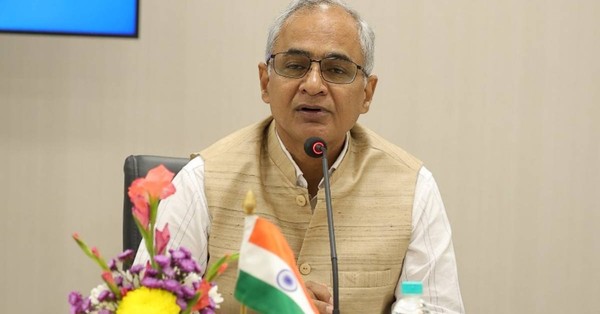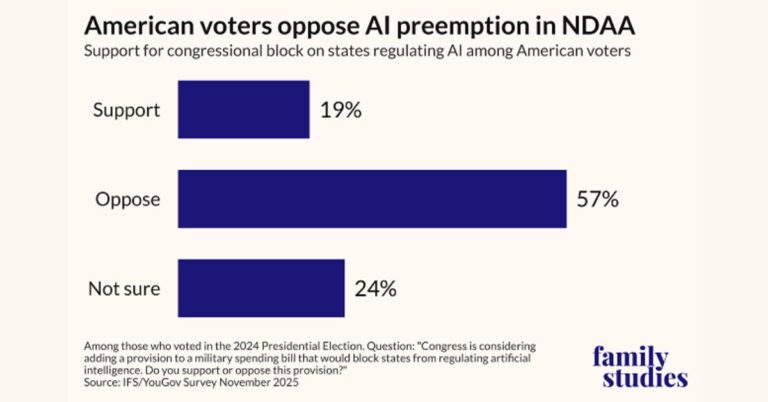AI anchors India’s 6G transition: self-healing networks and smarter customer operations
India’s Department of Telecommunications (DoT) is signaling a decisive move to embed AI across networks and operations as the country prepares the path from 5G-Advanced to 6G.
From 5G-Advanced to 6G: AI-native networks
Telecom Secretary Neeraj Mittal underscored that AI will be central to the next generation of networks, not an add-on. The direction aligns with industry momentum: 5G-Advanced is already introducing AI-enabled RAN and core features via 3GPP, while 6G initiatives under the ITU-R IMT-2030 framework envision AI-native control loops, sensing-assisted connectivity, and tight integration of compute and communications. India expects 6G trials to begin around 2028, with commercial deployments to follow. Operators that harden their AI and automation capabilities during 5G-Advanced will enter 6G with a competitive execution advantage.
What self-healing telecom networks mean in practice
“Self-healing” signals closed-loop, intent-driven automation across RAN, transport, core, and cloud. Think anomaly detection on streaming telemetry, root-cause inference across multi-vendor domains, proactive capacity rebalancing, and automated remediation with human-in-the-loop guardrails. On the RAN side, O-RAN Alliance RIC-based xApps and rApps can optimize interference, handovers, and energy. In the core and edge, policy-driven slices can scale and recover based on service experience. In OSS/BSS, AI can triage tickets, correlate alarms, and trigger zero-touch workflows, guided by ETSI ZSM and 3GPP SA5 principles. The payoff is higher availability, faster mean time to detect and resolve, and better unit economics as traffic and service diversity grow.
How agentic AI transforms telecom operations
The shift from generative AI to agentic AI matters because agents can plan, call tools securely, and execute tasks with feedback. In customer care, this enables autonomous troubleshooting, contextual upsell, and proactive outreach. In network operations, agents can synthesize observability signals, simulate change impact, and recommend or enact safe configurations. The model is still governed by policy, intent, and approvals. But the throughput gains and quality consistency are material if supported by a robust data fabric and MLOps discipline.
AI risk, resilience, and the telecom fraud battleground
AI will raise the bar for protection as much as it lifts performance, making governance and safety non-negotiable.
Deepfakes and voice cloning: a growing telecom attack surface
Telecom channels are on the front lines of identity, payments, and trust. AI-driven deepfakes, synthetic voices, and real-time impersonation strain existing verification flows. Attackers can bypass basic voice or video checks, poison reputation systems, and exploit social engineering at scale. The response requires multi-factor verification beyond biometrics, network-level anomaly detection, and tighter coordination between telcos, fintechs, and regulators for rapid takedown and restitution workflows.
DoT’s AI fraud indicator: measurable impact at scale
India’s DoT has deployed an AI-based fraud risk indicator that has been used by payment providers like PhonePe and Paytm to flag and block suspicious activity. Reported outcomes include preventing hundreds of crores of rupees in attempted fraud and stopping millions of risky transactions. The lesson: cross-ecosystem signal-sharing, model feedback loops, and near-real-time enforcement make a dent when implemented at national scale.
AI standards, policy, and 6G timelines to watch
Standards bodies and government programs are shaping how AI will be trusted and interoperable across telecom networks.
ITU alignment and India’s leadership in AI governance
India is working with the International Telecommunication Union to align AI-in-telecom standards and governance, with continued leadership through WTSA-24. The government’s “AI for good” orientation is backed by a multi-billion-dollar India AI mission that funds research, startups, and responsible deployment to build a secure, inclusive ecosystem. For operators and vendors, this signals priority alignment around safety, transparency, and auditability as prerequisites for scale.
6G in India: trials by 2028
India’s indicative timeline points to 6G trials around 2028, consistent with global cycles where 3GPP will mature late-Rel 19/20 features and early 6G research informs subsequent releases. Expect more formalization of autonomous networks under ITU-T and ETSI groups, and continued evolution of O-RAN RIC and SMO for AI-driven control. The practical takeaway: build capabilities now under 5G-Advanced that transfer directly to 6G—data pipelines, real-time control, and closed-loop assurance.
Near-term AI priorities for operators and vendors
The next 24 months should focus on foundations that convert AI potential into operational and commercial outcomes.
Build a governed data fabric and automation foundation
Establish a secure, governed data fabric spanning RAN, transport, core, IT, and customer interaction channels. Standardize telemetry and KPIs. Invest in observability tooling and feature stores. Adopt intent-based orchestration and closed-loop automation aligned to ETSI ZSM and TM Forum Open Digital Architecture. Prioritize use cases with clear ROI: energy optimization, anomaly detection, SLA assurance, and churn reduction.
Pilot agentic AI in customer care and NOCs
Run contained pilots for agent-driven workflows such as ticket triage, knowledge retrieval, guided remediation, proactive outreach, and field ops planning. Use the O-RAN RIC and SMO to test AI policies in the RAN with safety rails. Measure mean-time-to-resolve, first-contact resolution, and service experience improvements. Keep humans in the loop during early phases.
Embed security, safety, and model risk management for AI
Institute model governance: lineage, versioning, bias and drift testing, red-teaming, and rollback procedures. Harden agent tool use with least privilege, sandboxing, and policy constraints. Strengthen identity verification beyond voice or video alone. Coordinate with fintechs and government systems to share fraud signals and accelerate enforcement, building on the fraud indicator model.
Align with open architectures and telecom ecosystems
Engage with O-RAN Alliance, 3GPP SA5, ETSI ENI/ZSM, and TM Forum initiatives to avoid lock-in and ensure interoperability. Co-develop with hyperscalers, ISVs, and startups where it accelerates capability. Map internal roadmaps to ITU’s AI and autonomous networks work so deployments meet emerging compliance and auditability expectations.
Key takeaways
AI will be the control plane for the 6G era, and India is positioning to shape both the technology and the guardrails.
What to watch next
Expect accelerated AI adoption in 5G-Advanced operations, concrete fraud-mitigation outcomes at national scale, and clearer industry baselines for autonomous networks as India approaches 6G trials. The winners will combine disciplined data pipelines, standards-based automation, agentic AI pilots with guardrails, and deep collaboration across the telecom-fintech-policy triangle.








































